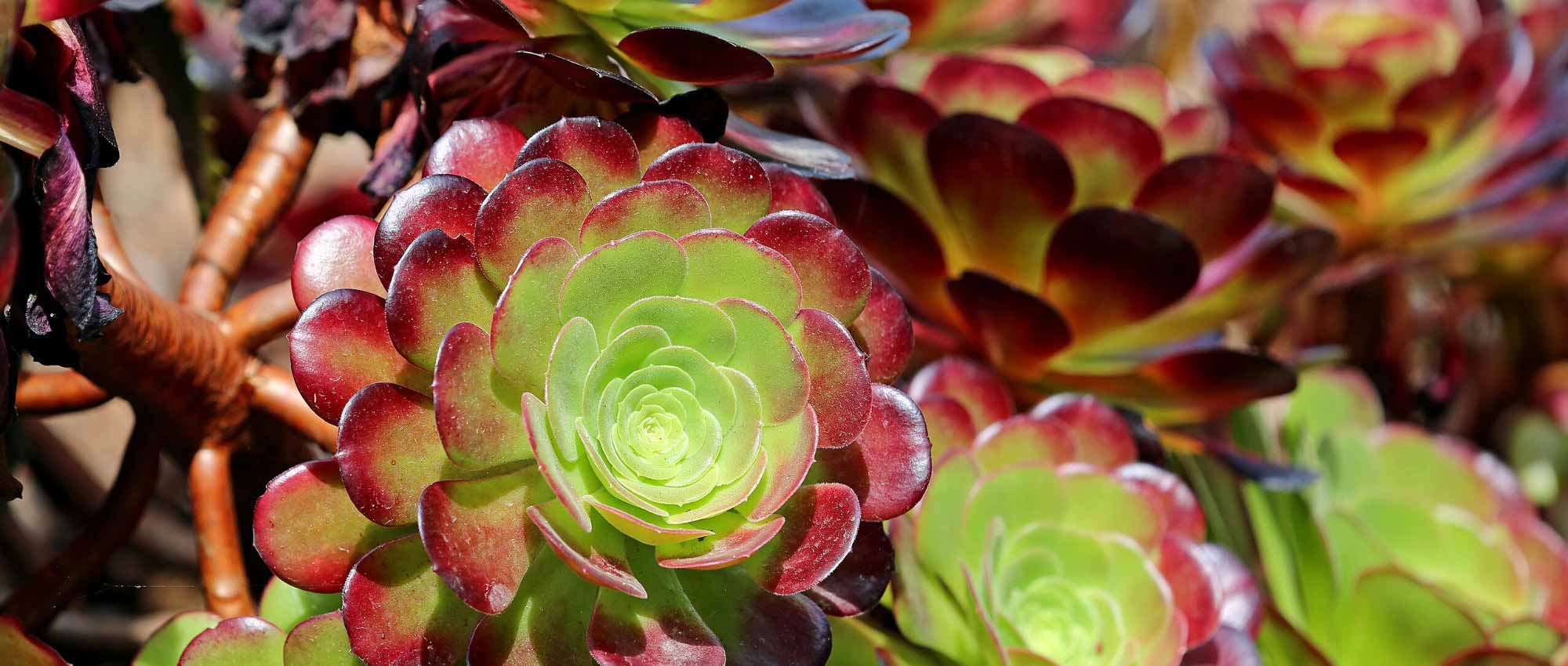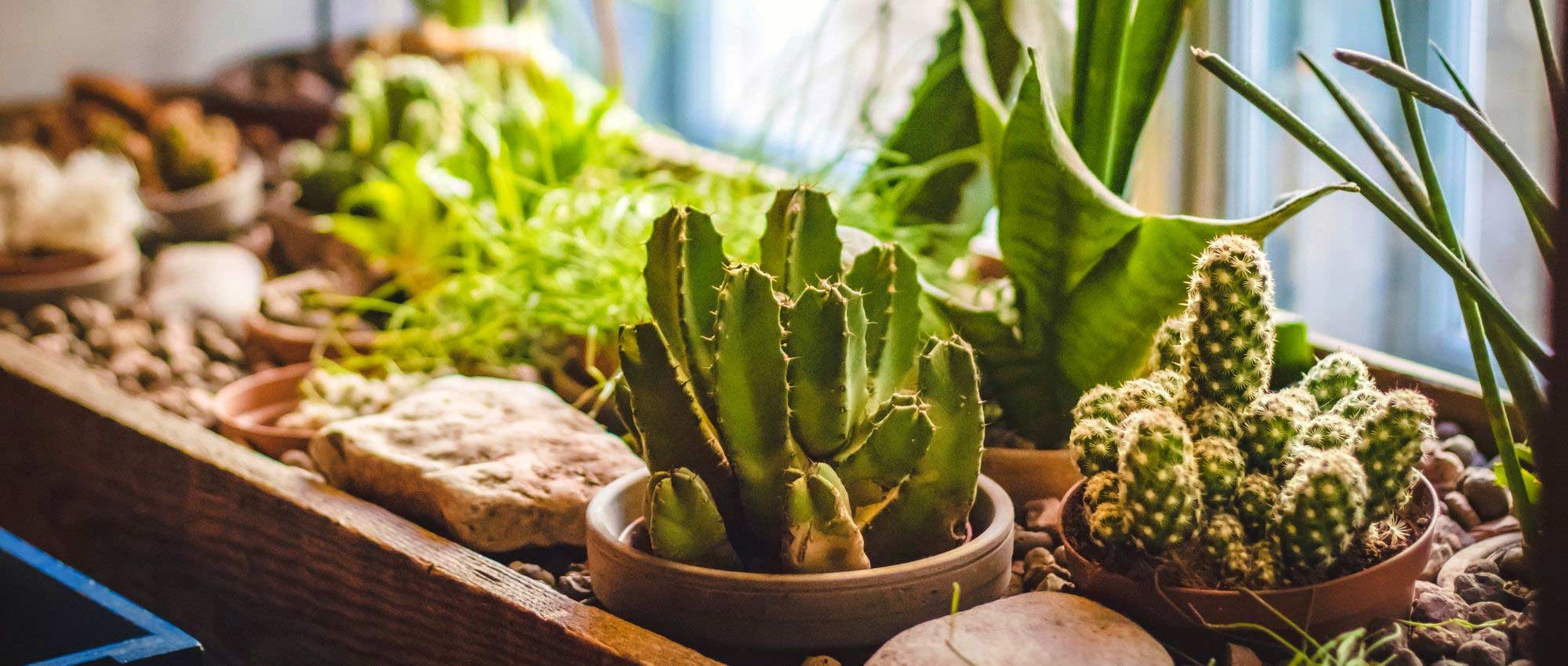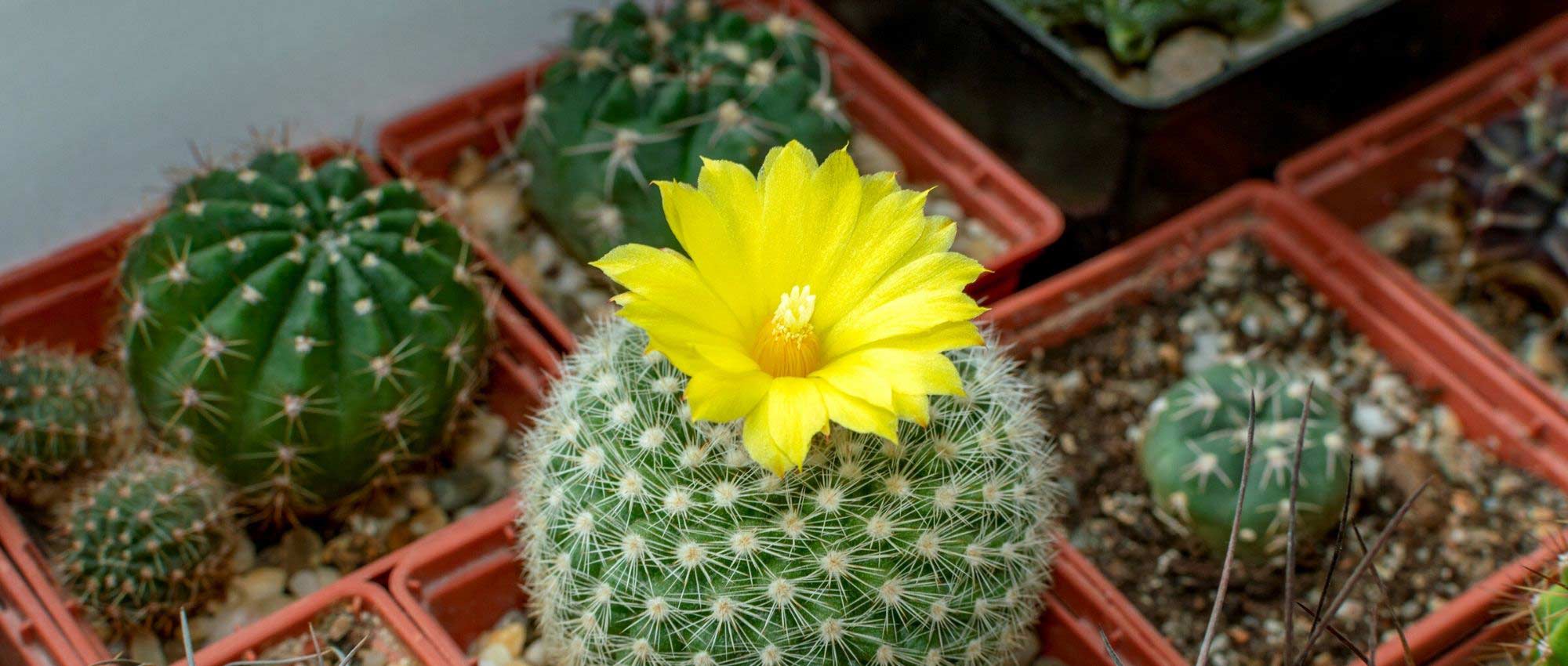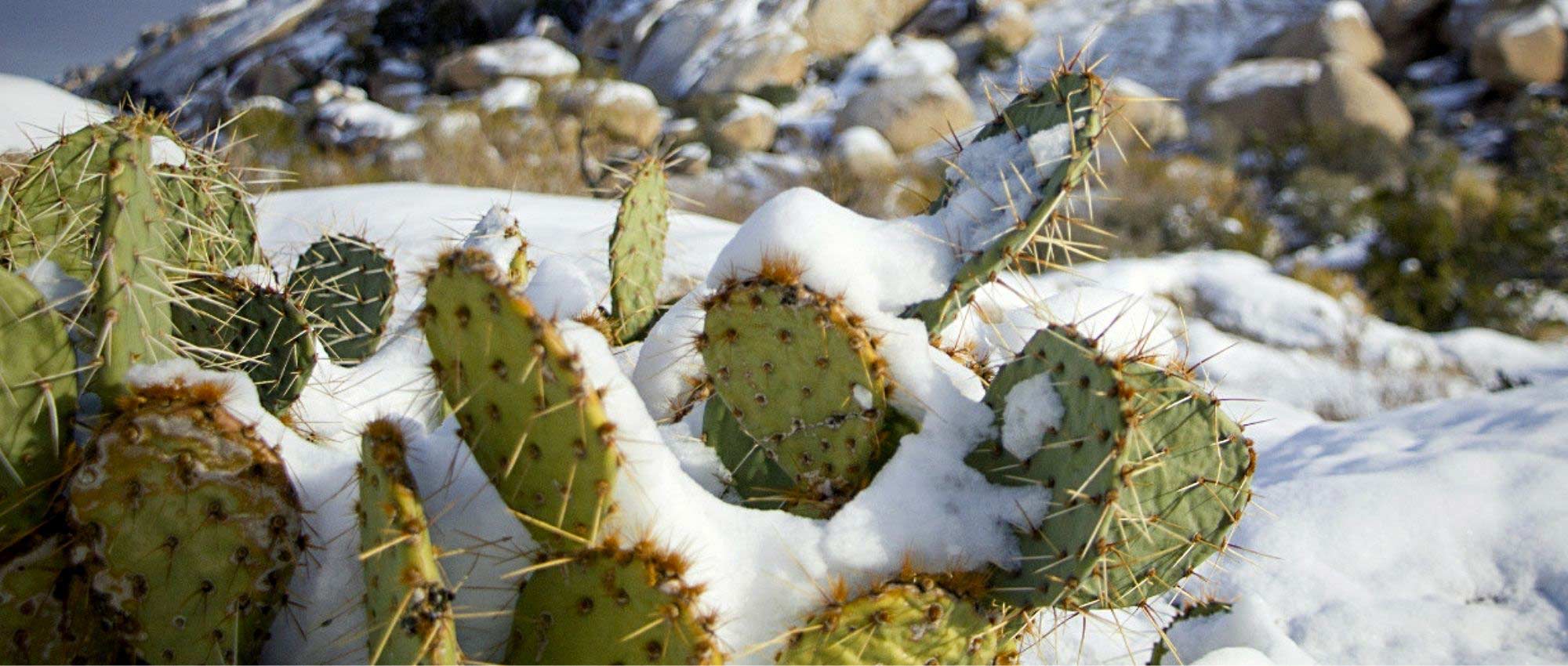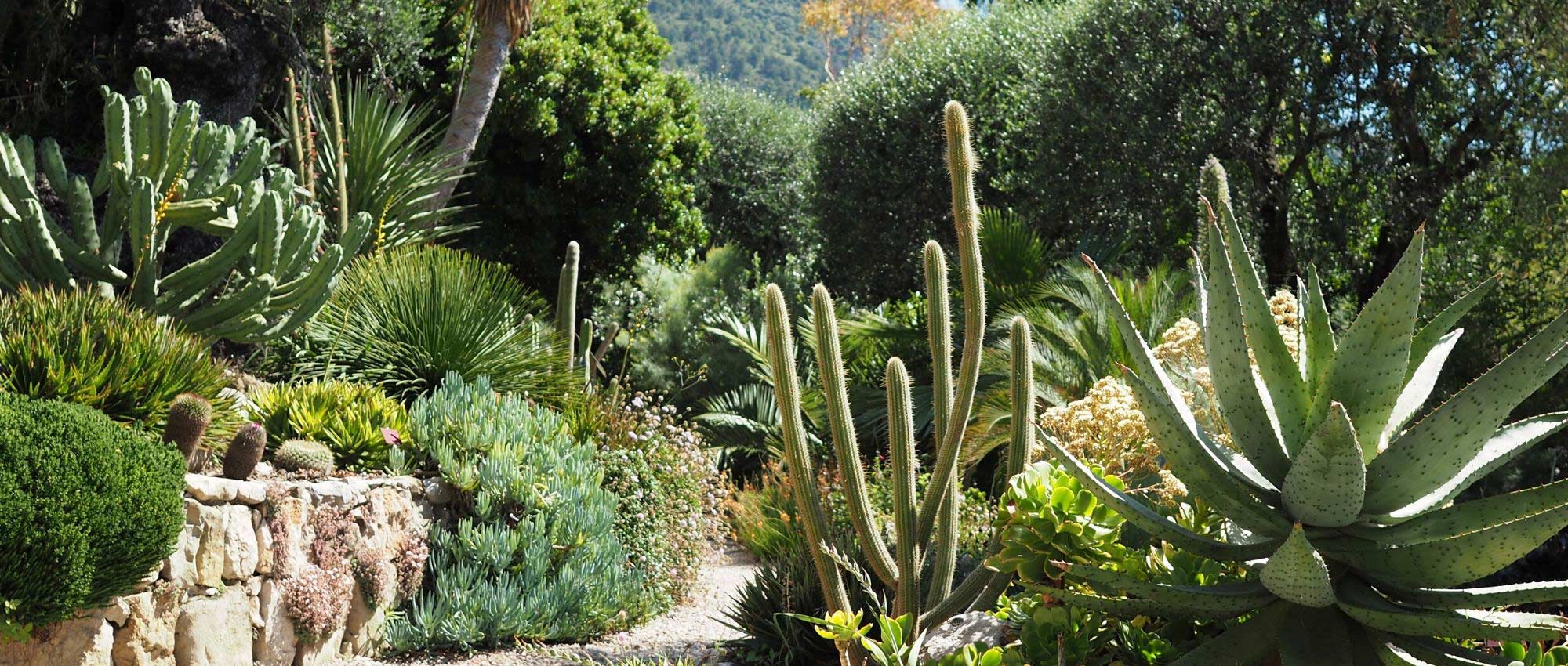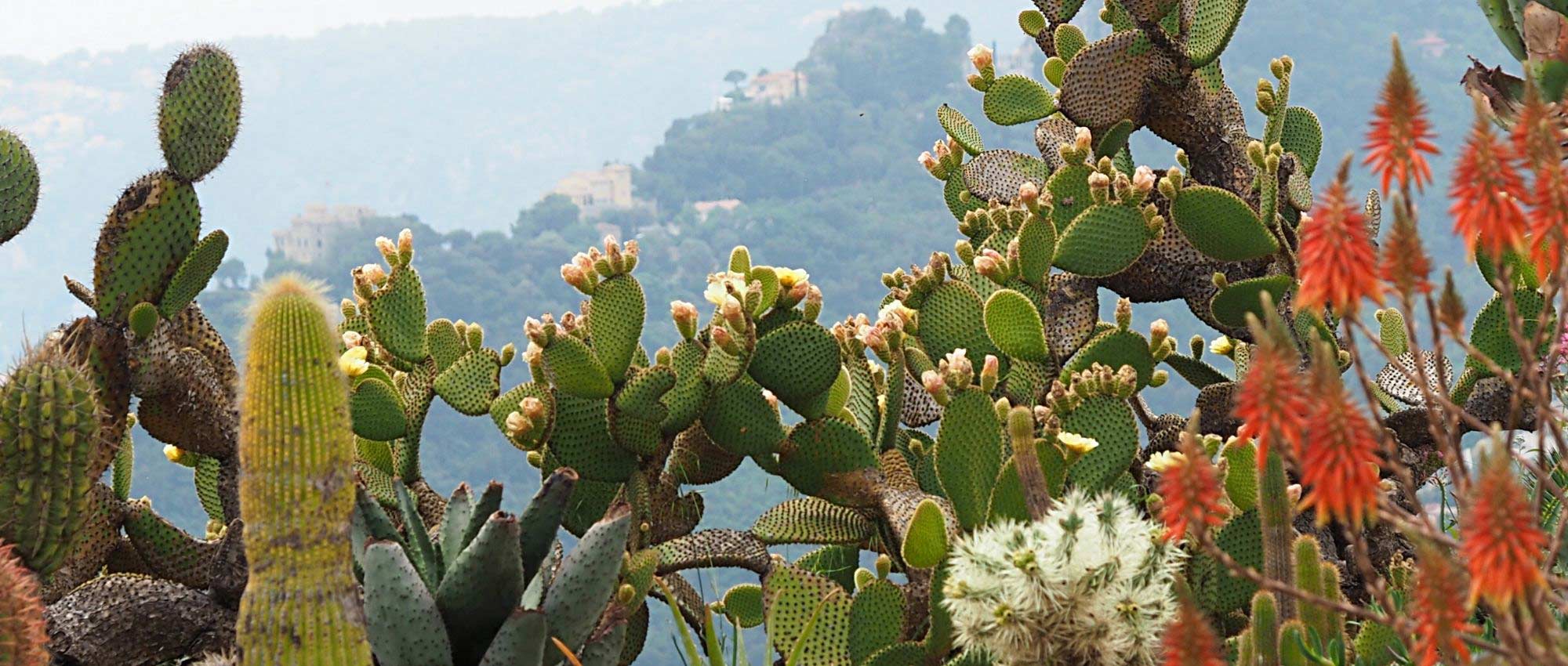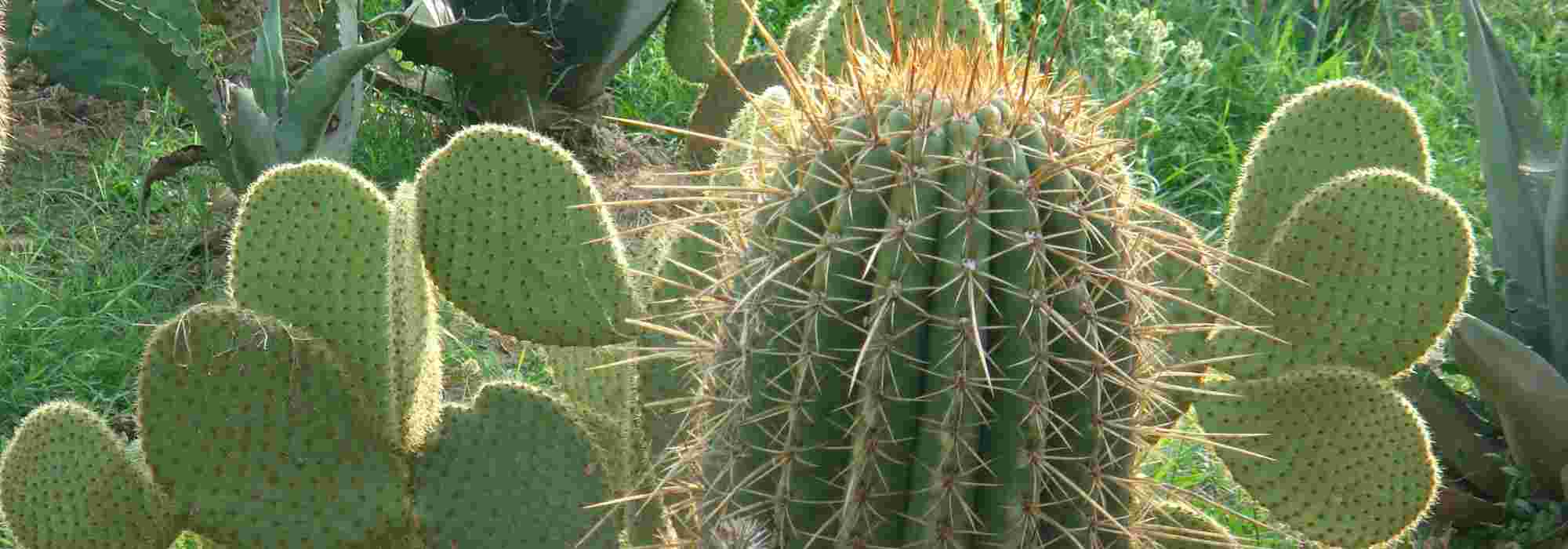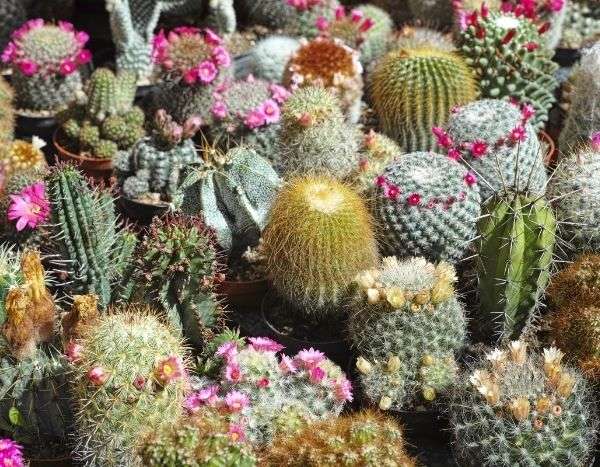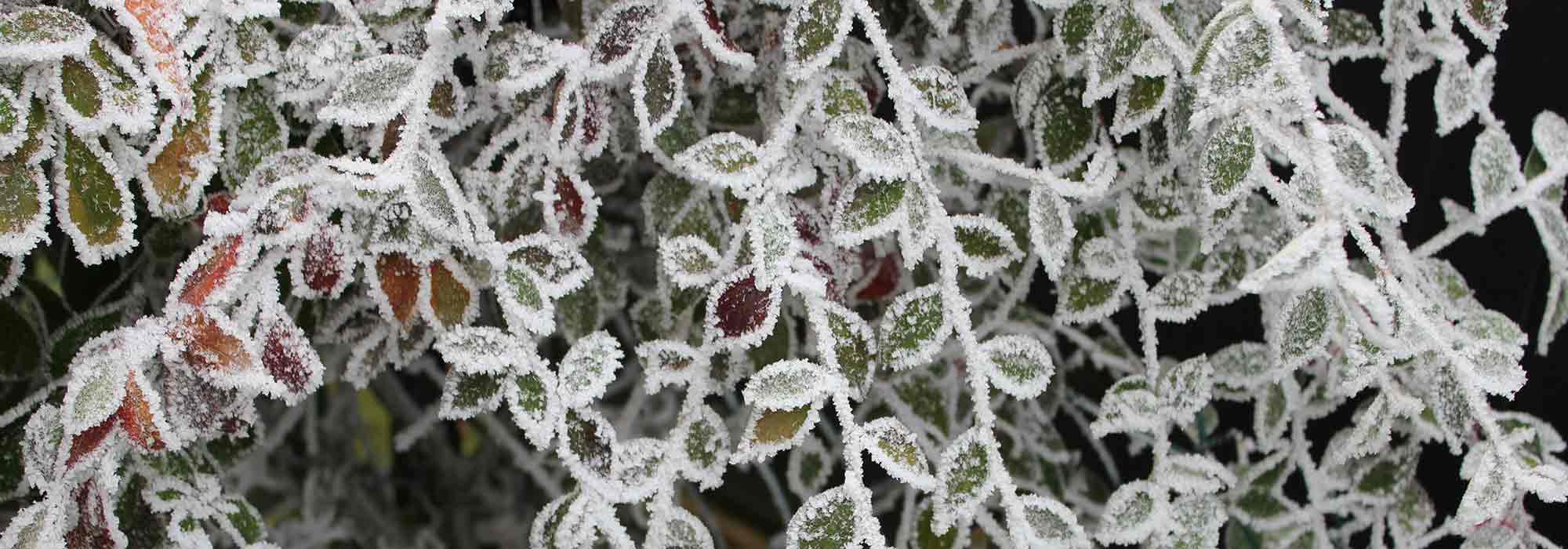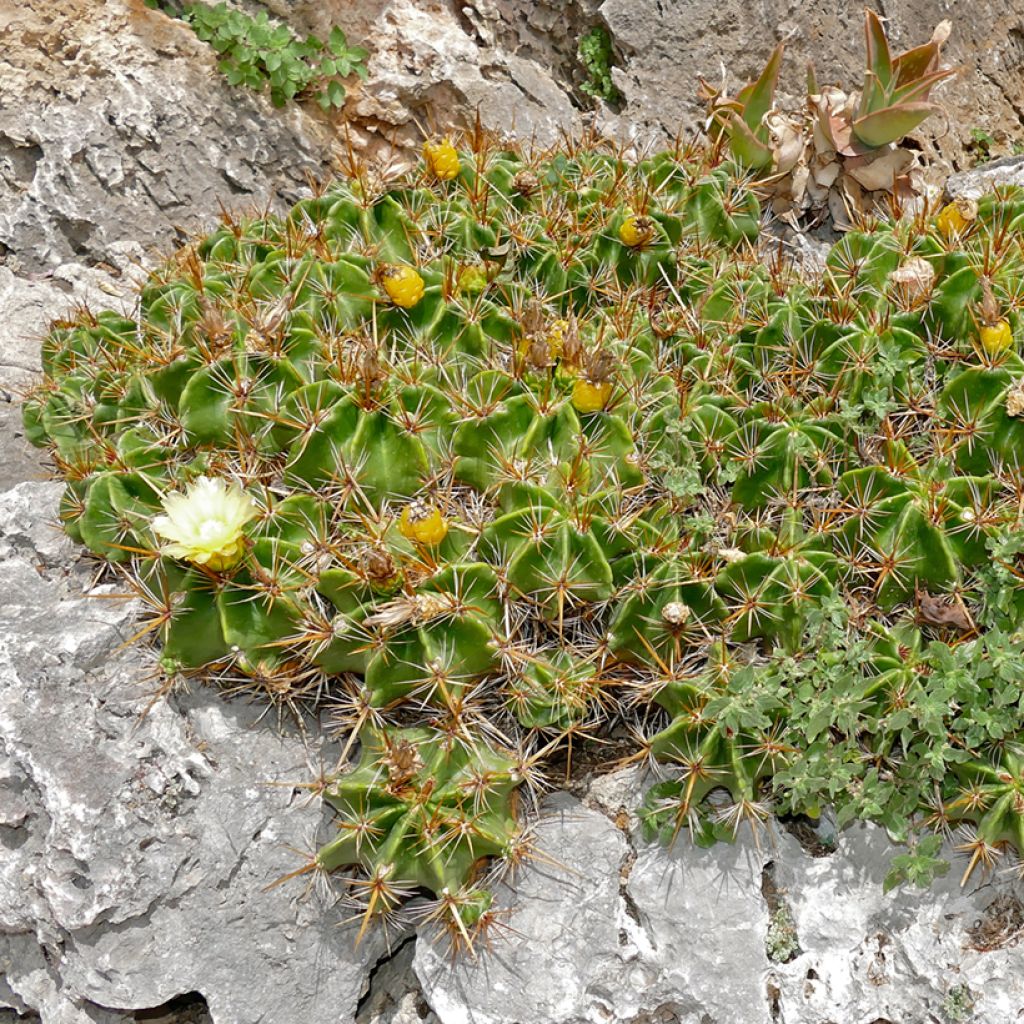

Ferocactus robustus - Barrel cactus
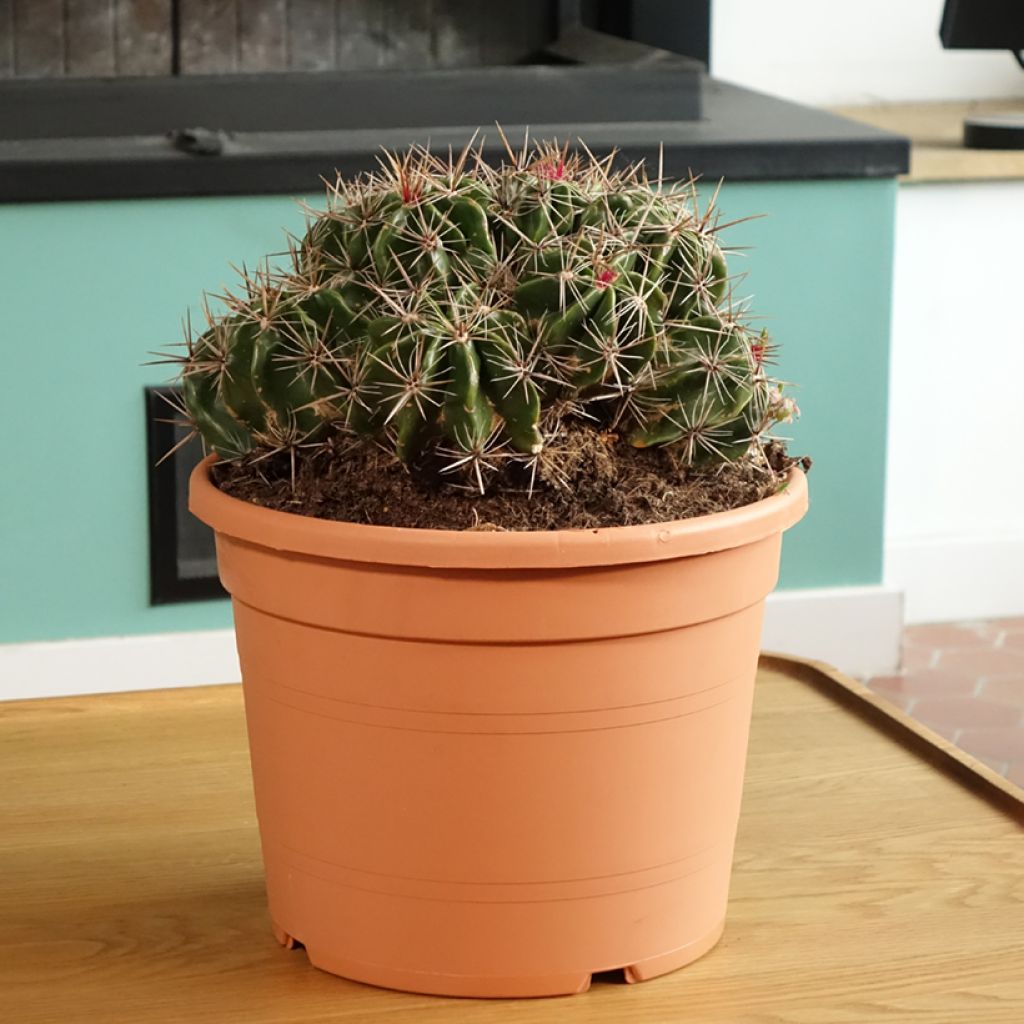

Ferocactus robustus - Barrel cactus
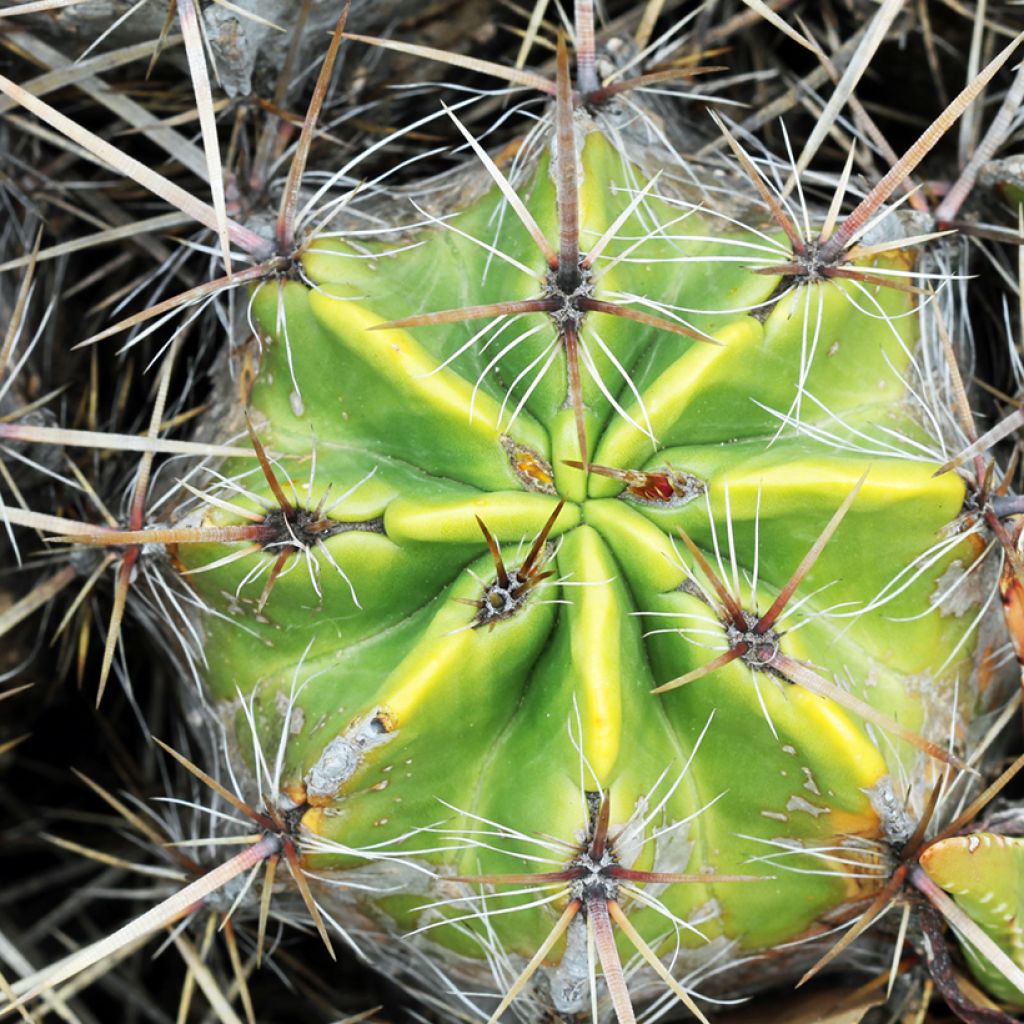

Ferocactus robustus - Barrel cactus
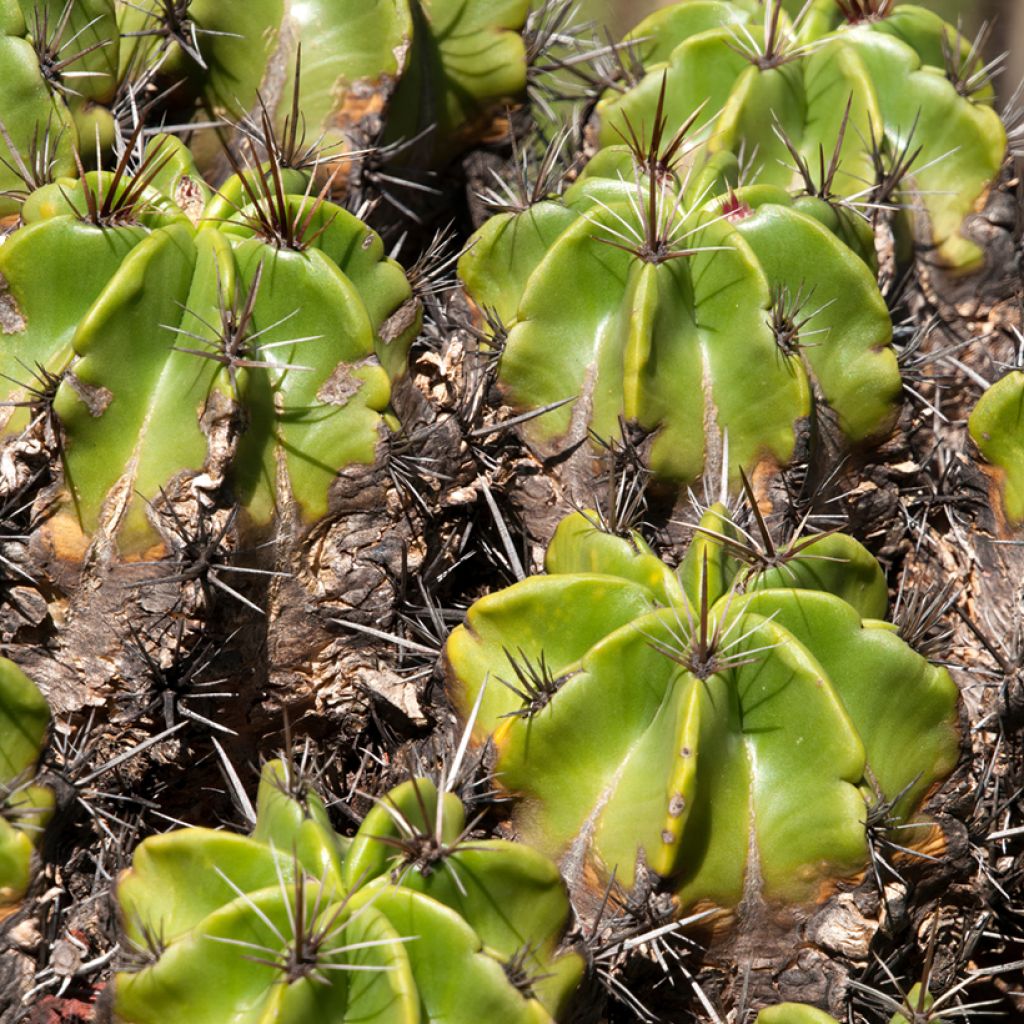

Ferocactus robustus - Barrel cactus
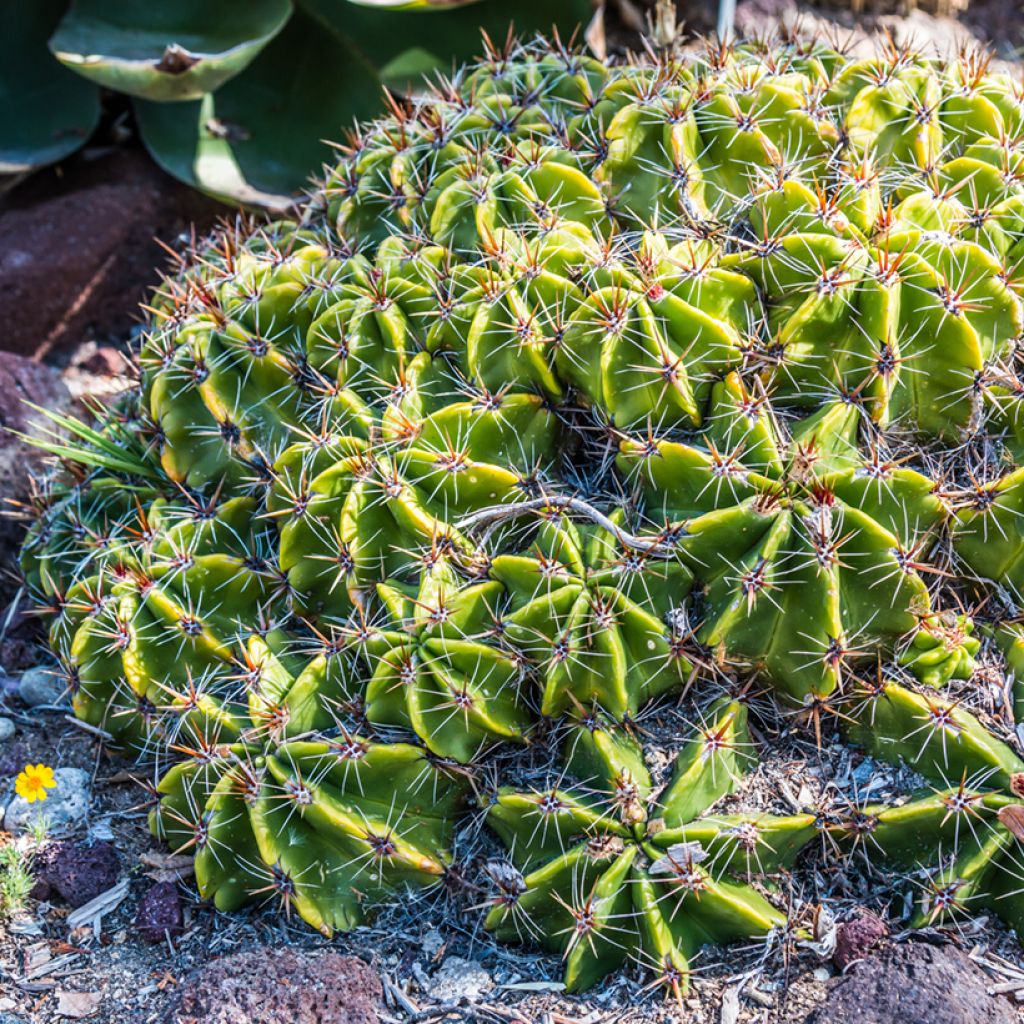

Ferocactus robustus - Barrel cactus
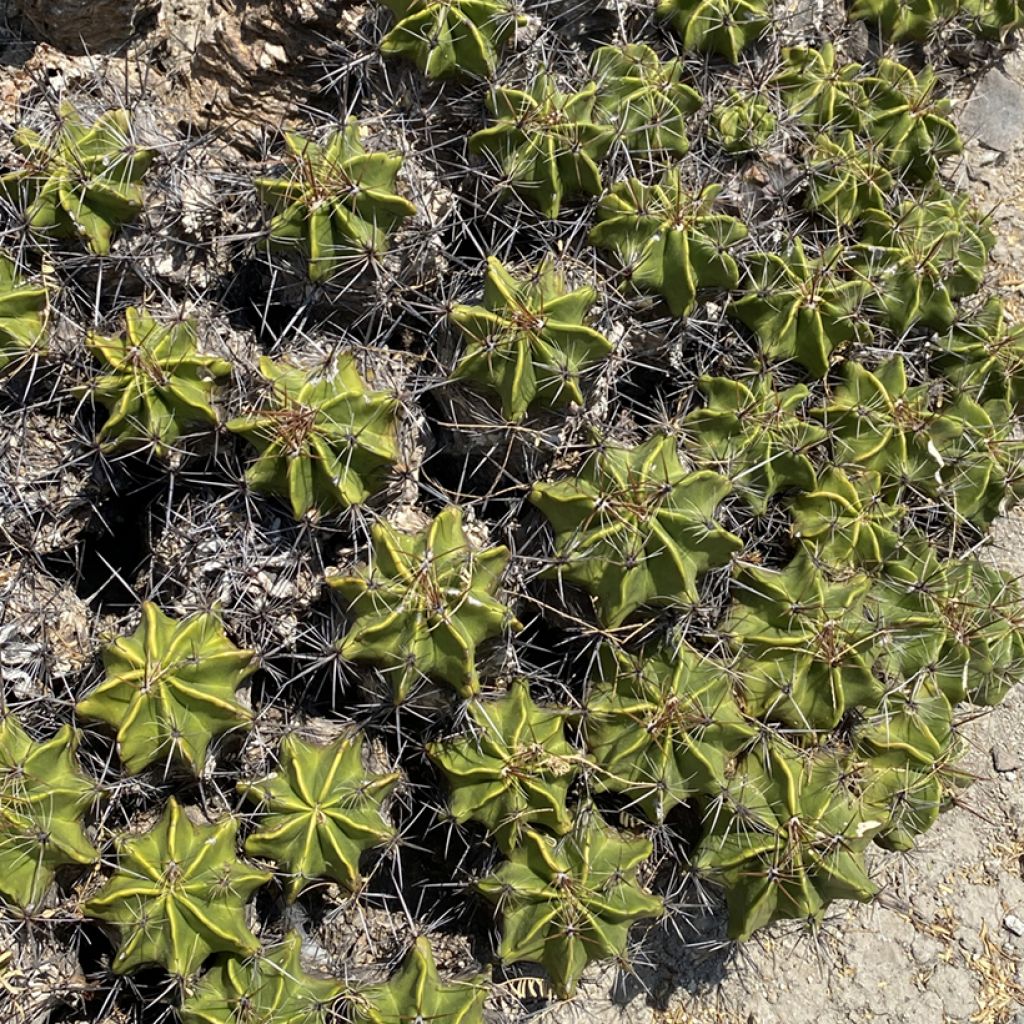

Ferocactus robustus - Barrel cactus
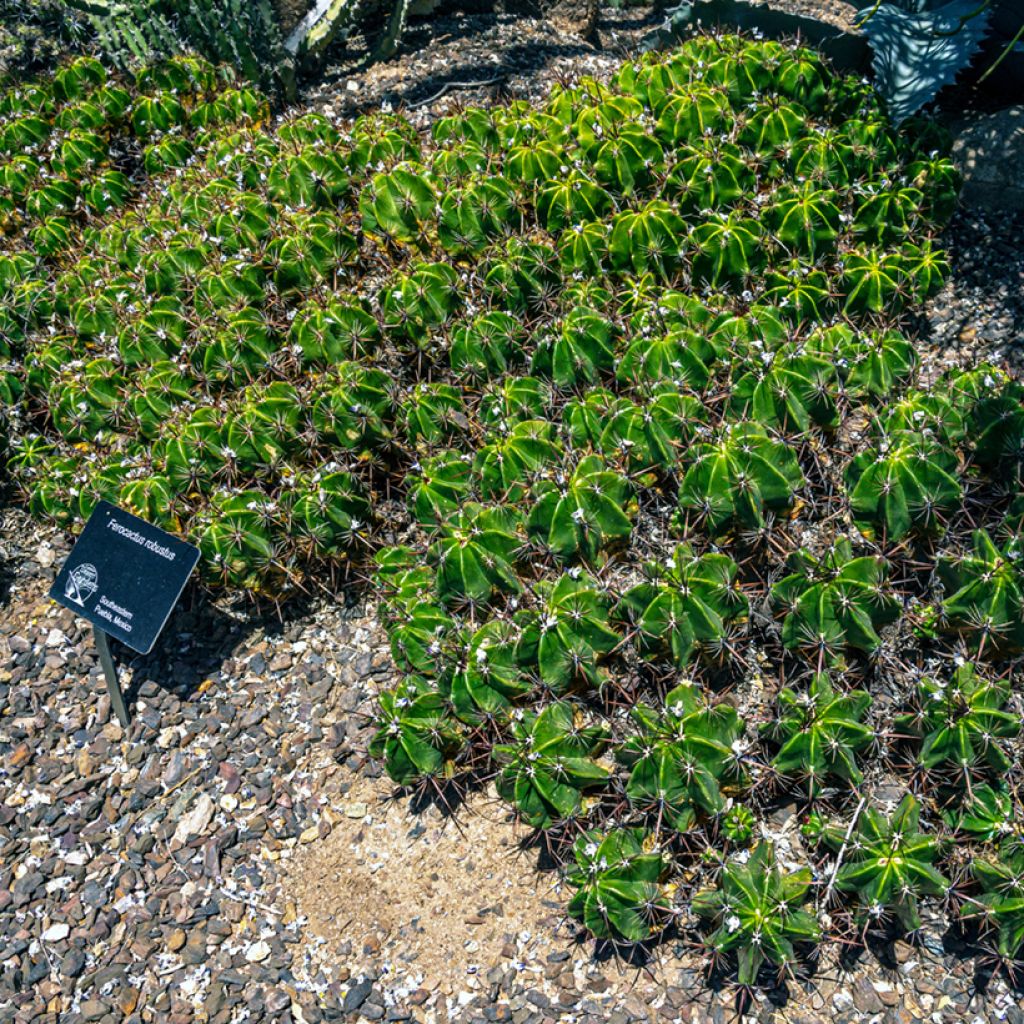

Ferocactus robustus - Barrel cactus
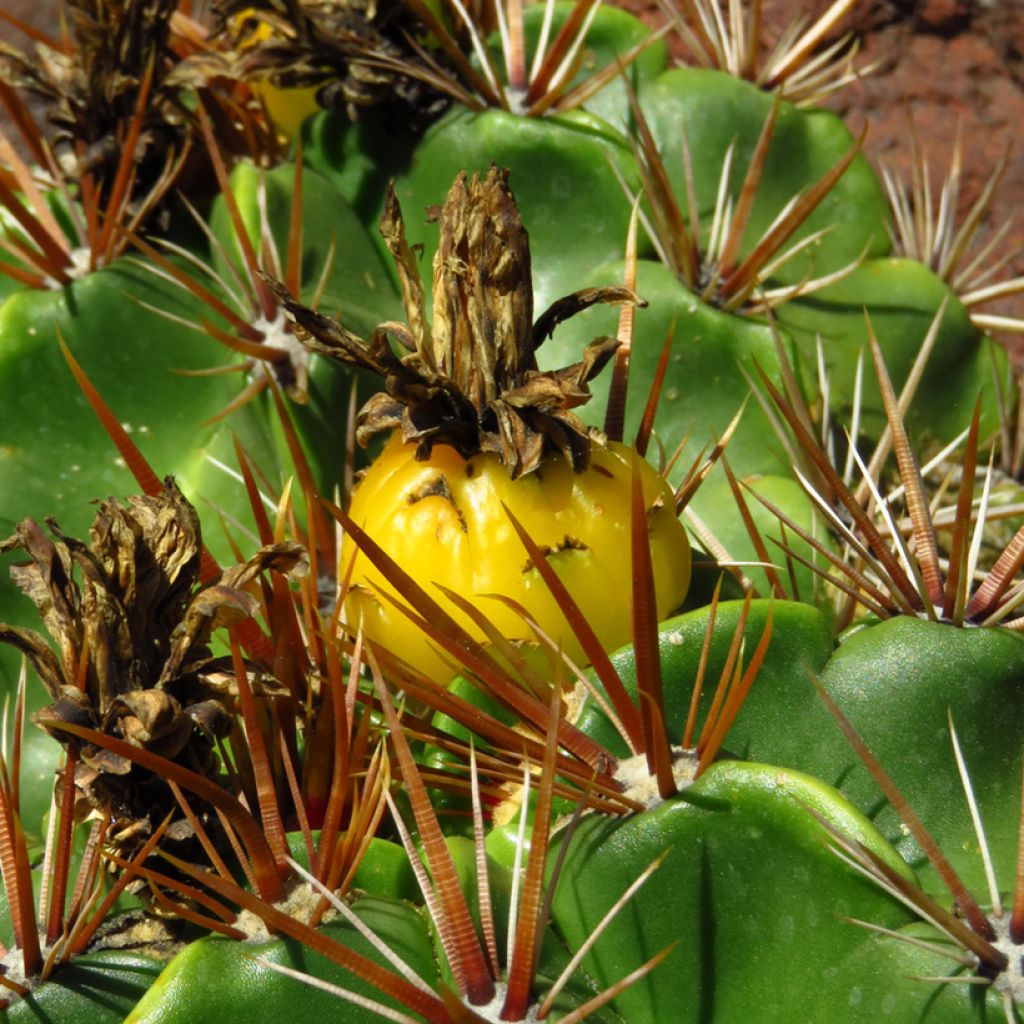

Ferocactus robustus - Barrel cactus
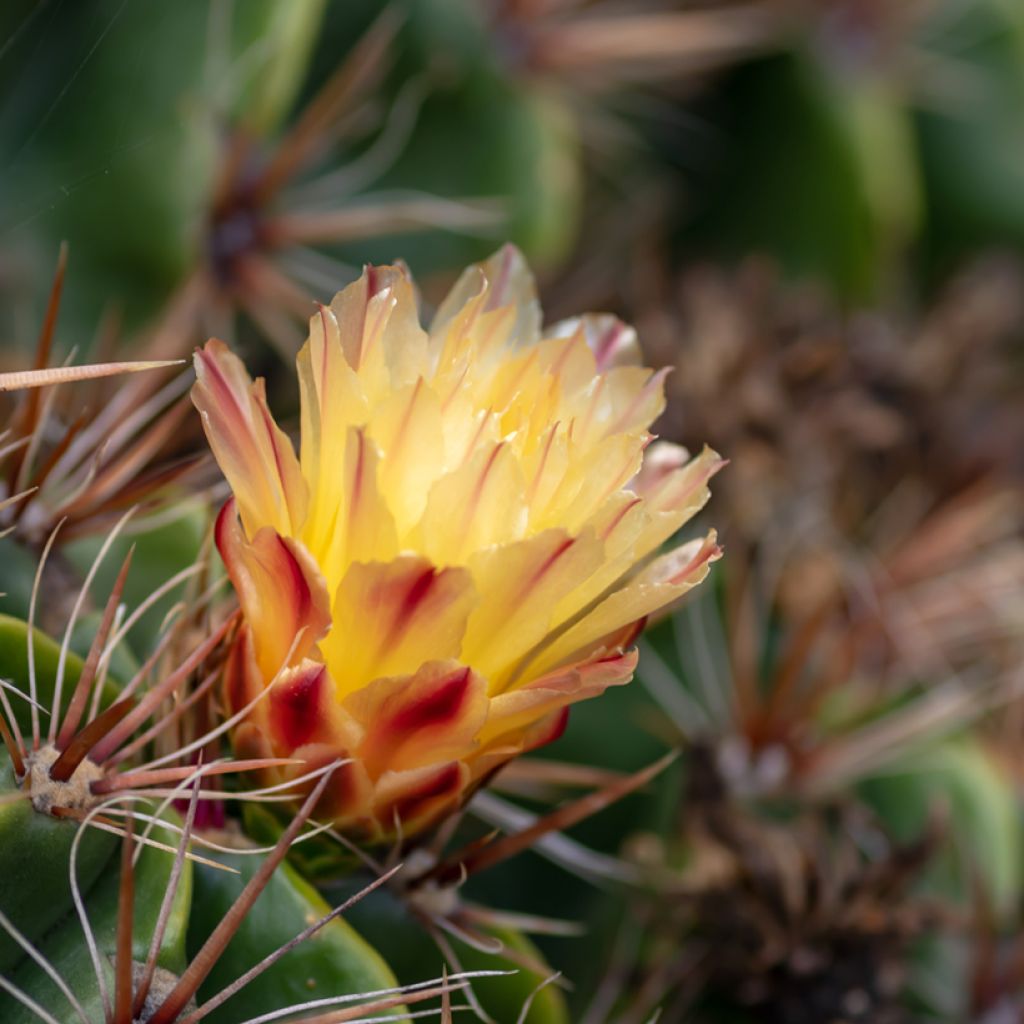

Ferocactus robustus - Barrel cactus
Ferocactus robustus - Barrel cactus
Ferocactus robustus
Barrel cactus
Special offer!
Receive a €20 voucher for any order over €90 (excluding delivery costs, credit notes, and plastic-free options)!
1- Add your favorite plants to your cart.
2- Once you have reached €90, confirm your order (you can even choose the delivery date!).
3- As soon as your order is shipped, you will receive an email containing your voucher code, valid for 3 months (90 days).
Your voucher is unique and can only be used once, for any order with a minimum value of €20, excluding delivery costs.
Can be combined with other current offers, non-divisible and non-refundable.
Home or relay delivery (depending on size and destination)
Schedule delivery date,
and select date in basket
This plant carries a 12 months recovery warranty
More information
We guarantee the quality of our plants for a full growing cycle, and will replace at our expense any plant that fails to recover under normal climatic and planting conditions.
Would this plant suit my garden?
Set up your Plantfit profile →
Description
Ferocactus robustus, also known as the Barrel Cactus, is a vigorous globular cactus, renowned for its ability to form large spiny colonies in hot and dry climates. Native to Mexico, it is ideal outdoors on the Mediterranean coast, where it thrives fully in a sunny exposure. Its imposing silhouette, dense cushion-like habit, and long golden thorns make it a prime choice for rockeries and desert gardens. Its bright yellow summer flowering attracts pollinators.
Ferocactus robustus belongs to the Cactaceae family and grows naturally in the arid regions of Puebla and Veracruz, Mexico. It has numerous botanical synonyms: Echinocactus robustus, Echinofossulocactus robustus, Echinocactus agglomeratus, Echinocactus robustus var. monstruosus, Echinocactus robustus var. prolifer, Echinocactus subulifer, Melocactus prolifer. Unlike solitary Ferocactus, it adopts a polycephalous habit: it multiplies through offsets to form large spiny cushions. Composed of numerous globular to cylindrical stems, it can reach up to 1 m in height and spread over 5 m. Each dark green stem is structured by prominent ribs, from which woolly areoles emerge, bearing long bristly thorns. The 4 to 7 central thorns are thick, rigid, and slightly curved, ranging in colour from reddish-brown to yellowish and up to 6 cm in length. The finer and more numerous radial thorns, arranged in a star around the areoles, display a white or slightly translucent colour. In summer, this cactus produces funnel-shaped flowers measuring about 3 to 4 cm in diameter. They are predominantly bright yellow, sometimes tinged with red on the outer petals. Flowering is followed by the formation of oblong yellow fruits, measuring 2 to 3 cm, containing small black seeds dispersed by wind and animals. These characteristics give Ferocactus robustus an imposing silhouette and a striking ornamental appeal, perfectly suited to the arid landscapes where it naturally thrives.
Ferocactus robustus is perfectly suited to dry and rocky gardens, in very well-draining, sandy or gravelly soil. It thrives in full sun and withstands drought periods thanks to its water reserves. It is not very hardy and will tolerate minimum temperatures around -4°C, provided it is protected from excess moisture. In a large rockery, it pairs well with other xerophytic plants such as Agaves, Aloe, Yuccas and other Ferocactus to create a natural desert landscape. It is also a beautiful plant to grow in pots on a sunny terrace, where its large size and imposing thorns will make a striking impression.
Ferocactus robustus - Barrel cactus in pictures


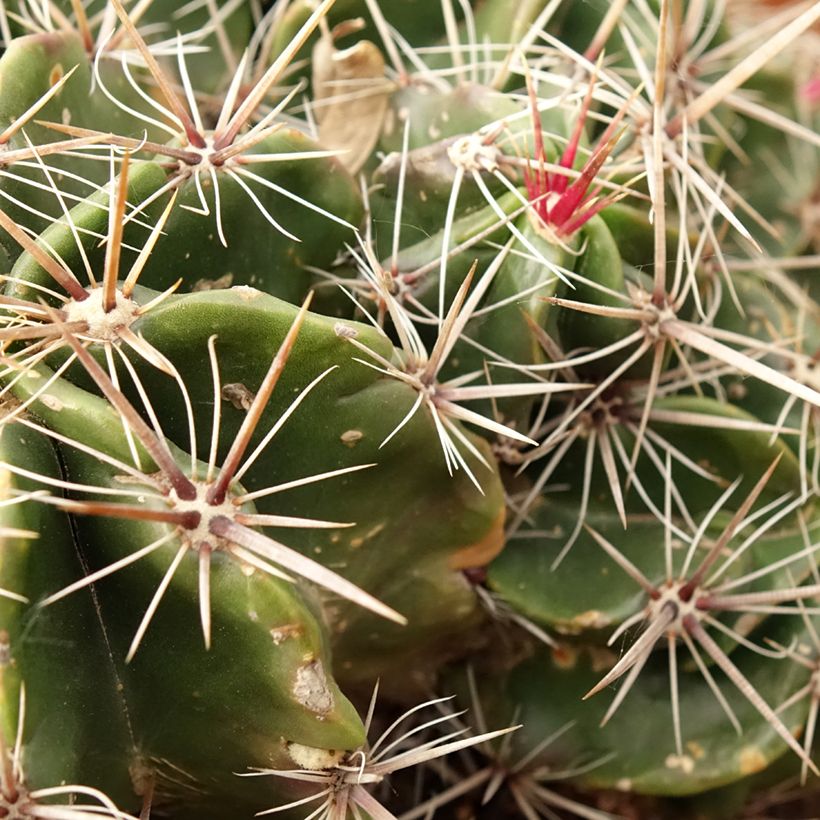





Flowering
Foliage
Plant habit
Botanical data
Ferocactus
robustus
Cactaceae
Barrel cactus
Echinocactus robustus, Echinofossulocactus robustus, Echinocactus agglomeratus, Echinocactus robustus var. monstruosus, Echinocactus robustus var. prolifer, Echinocactus subulifer, Melocactus prolifer
North America
Planting and care
Planting period
Intended location
Care
Planting & care advice
This item has not been reviewed yet - be the first to leave a review about it.
Haven't found what you were looking for?
Hardiness is the lowest winter temperature a plant can endure without suffering serious damage or even dying. However, hardiness is affected by location (a sheltered area, such as a patio), protection (winter cover) and soil type (hardiness is improved by well-drained soil).

Photo Sharing Terms & Conditions
In order to encourage gardeners to interact and share their experiences, Promesse de fleurs offers various media enabling content to be uploaded onto its Site - in particular via the ‘Photo sharing’ module.
The User agrees to refrain from:
- Posting any content that is illegal, prejudicial, insulting, racist, inciteful to hatred, revisionist, contrary to public decency, that infringes on privacy or on the privacy rights of third parties, in particular the publicity rights of persons and goods, intellectual property rights, or the right to privacy.
- Submitting content on behalf of a third party;
- Impersonate the identity of a third party and/or publish any personal information about a third party;
In general, the User undertakes to refrain from any unethical behaviour.
All Content (in particular text, comments, files, images, photos, videos, creative works, etc.), which may be subject to property or intellectual property rights, image or other private rights, shall remain the property of the User, subject to the limited rights granted by the terms of the licence granted by Promesse de fleurs as stated below. Users are at liberty to publish or not to publish such Content on the Site, notably via the ‘Photo Sharing’ facility, and accept that this Content shall be made public and freely accessible, notably on the Internet.
Users further acknowledge, undertake to have ,and guarantee that they hold all necessary rights and permissions to publish such material on the Site, in particular with regard to the legislation in force pertaining to any privacy, property, intellectual property, image, or contractual rights, or rights of any other nature. By publishing such Content on the Site, Users acknowledge accepting full liability as publishers of the Content within the meaning of the law, and grant Promesse de fleurs, free of charge, an inclusive, worldwide licence for the said Content for the entire duration of its publication, including all reproduction, representation, up/downloading, displaying, performing, transmission, and storage rights.
Users also grant permission for their name to be linked to the Content and accept that this link may not always be made available.
By engaging in posting material, Users consent to their Content becoming automatically accessible on the Internet, in particular on other sites and/or blogs and/or web pages of the Promesse de fleurs site, including in particular social pages and the Promesse de fleurs catalogue.
Users may secure the removal of entrusted content free of charge by issuing a simple request via our contact form.
The flowering period indicated on our website applies to countries and regions located in USDA zone 8 (France, the United Kingdom, Ireland, the Netherlands, etc.)
It will vary according to where you live:
- In zones 9 to 10 (Italy, Spain, Greece, etc.), flowering will occur about 2 to 4 weeks earlier.
- In zones 6 to 7 (Germany, Poland, Slovenia, and lower mountainous regions), flowering will be delayed by 2 to 3 weeks.
- In zone 5 (Central Europe, Scandinavia), blooming will be delayed by 3 to 5 weeks.
In temperate climates, pruning of spring-flowering shrubs (forsythia, spireas, etc.) should be done just after flowering.
Pruning of summer-flowering shrubs (Indian Lilac, Perovskia, etc.) can be done in winter or spring.
In cold regions as well as with frost-sensitive plants, avoid pruning too early when severe frosts may still occur.
The planting period indicated on our website applies to countries and regions located in USDA zone 8 (France, United Kingdom, Ireland, Netherlands).
It will vary according to where you live:
- In Mediterranean zones (Marseille, Madrid, Milan, etc.), autumn and winter are the best planting periods.
- In continental zones (Strasbourg, Munich, Vienna, etc.), delay planting by 2 to 3 weeks in spring and bring it forward by 2 to 4 weeks in autumn.
- In mountainous regions (the Alps, Pyrenees, Carpathians, etc.), it is best to plant in late spring (May-June) or late summer (August-September).
The harvesting period indicated on our website applies to countries and regions in USDA zone 8 (France, England, Ireland, the Netherlands).
In colder areas (Scandinavia, Poland, Austria...) fruit and vegetable harvests are likely to be delayed by 3-4 weeks.
In warmer areas (Italy, Spain, Greece, etc.), harvesting will probably take place earlier, depending on weather conditions.
The sowing periods indicated on our website apply to countries and regions within USDA Zone 8 (France, UK, Ireland, Netherlands).
In colder areas (Scandinavia, Poland, Austria...), delay any outdoor sowing by 3-4 weeks, or sow under glass.
In warmer climes (Italy, Spain, Greece, etc.), bring outdoor sowing forward by a few weeks.


































